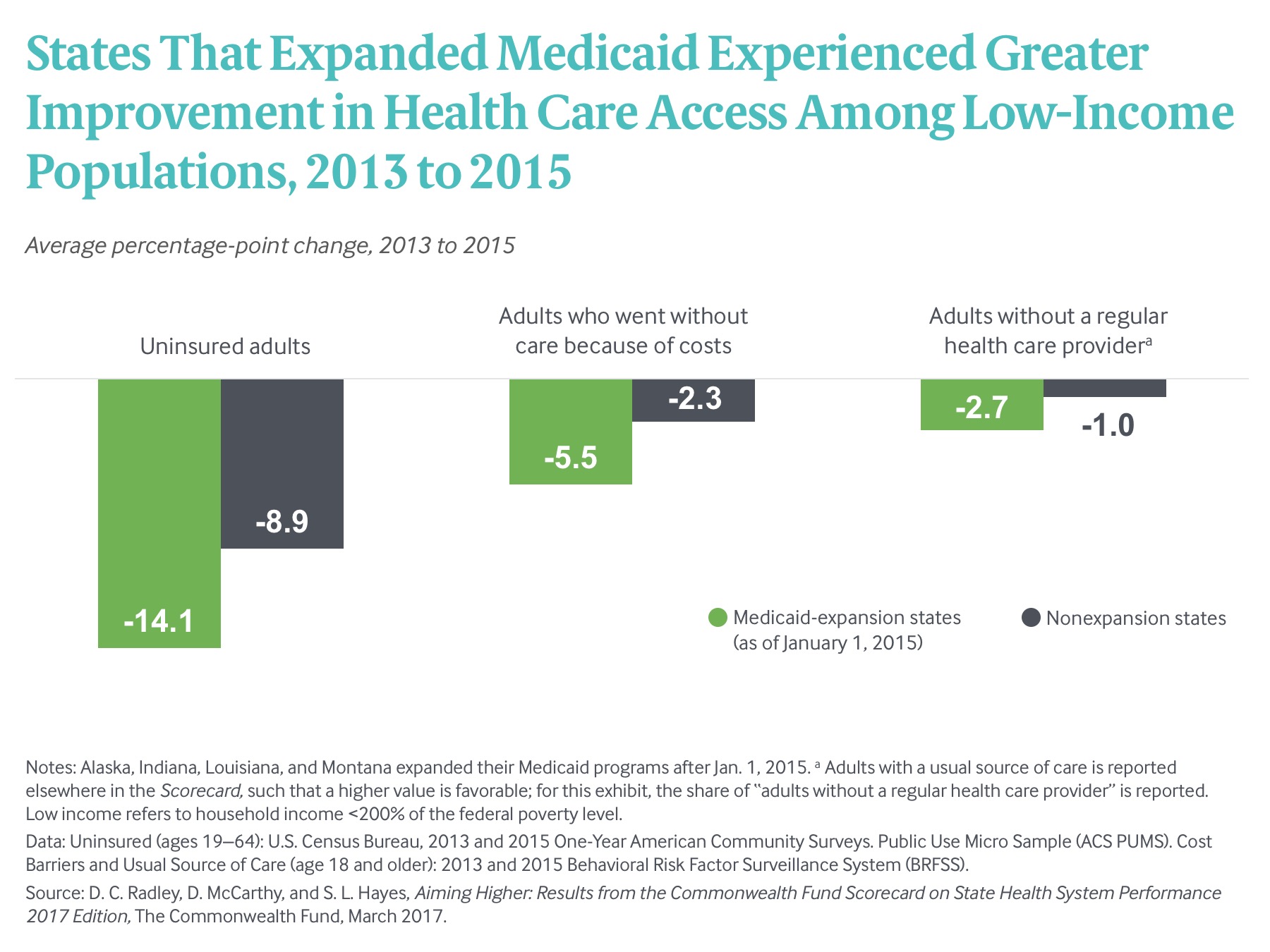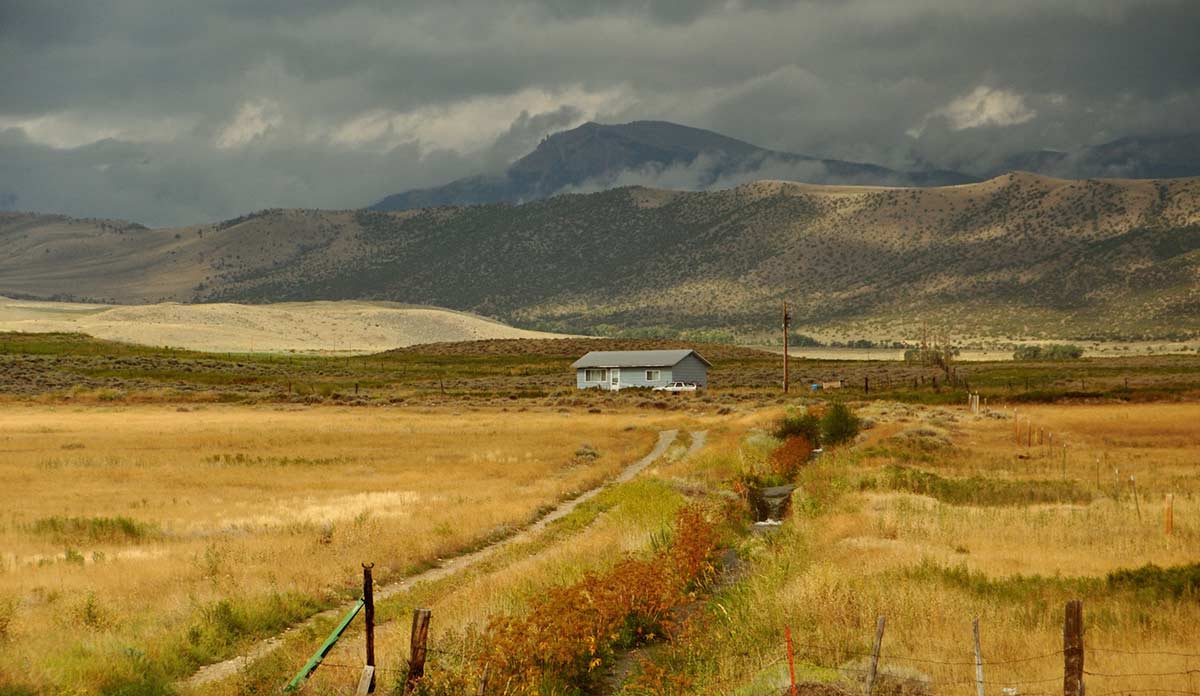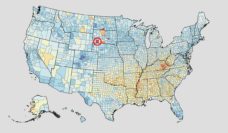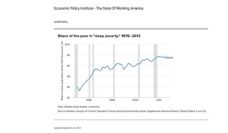Ripton, Vermont, a tiny town of 588 in Addison County, was described by Jessica Ravitz of CNN as “…the kind of place where cell service fails more often than it works…and the fog lifts to reveal a white horse grazing in a field.” 2093 miles and 32 driving hours away is Ten Sleep, Wyoming, a tiny town of 260 located in the western foothills of the Big Horn Mountains.
Both towns are located in the most rural states in America: Vermont and Wyoming are ranked 49th and 50th respectively in terms of population and each state has only one representative in the U.S. House. The states have striking similarities on many fronts: per-capita income is nearly the same, the unemployment rate is 3.9% vs. 3.2%, and both states have a historic hunting pedigree.
But there is a striking difference between the two states in terms of the performance of their healthcare systems. The Commonwealth Fund Scorecard on State Health System Performance ranks Vermont first in terms of overall performance, while Wyoming ranked a distant 25th. Vermont ranked first in access, defined by the uninsured rate, the number of people who went without care because of costs, and adults without a dental visit in the past year. Wyoming ranked 34th. (For more information on methodology, see the report’s methods section.)
One of the most important dynamics of the years since the ACA’s passage is that the states with the worst health system performance and worst health outcomes tended to be the staunchest opponents.
Attention is shifting to states in the aftermath of the failed attempt by Donald Trump and Congressional Republicans to repeal the Affordable Care Act (ACA). One of the most important dynamics of the years since the ACA’s passage is that the states with the worst health system performance and worst health outcomes tended to be the staunchest opponents. Research from The Commonwealth Fund shows that: “…states that accepted federal funding to expand their Medicaid programs under the Affordable Care Act outperformed states that did not expand Medicaid.” As Vermont expanded Medicaid and decreased the uninsured rate to 6%, Wyoming rejected Medicaid and has even seen its uninsured rate grow to 14%.
The following figure shows three key ways that Medicaid expansion states have outperformed non-expansion states:

There is a lot more to health than insurance and access to care. Wyoming has a pretty high “healthy lives” ranking at 18th compared to Vermont at #5. But as the ACA remains the law of the land and opposition remains entrenched, there is a real risk that the disparity between high and low performing states will widen even further.
Feature image: faungg’s photos, The view along the Scenic Drive 287 in Wyoming, used under CC BY-ND 2.0 Graph by The Commonwealth Fund.













